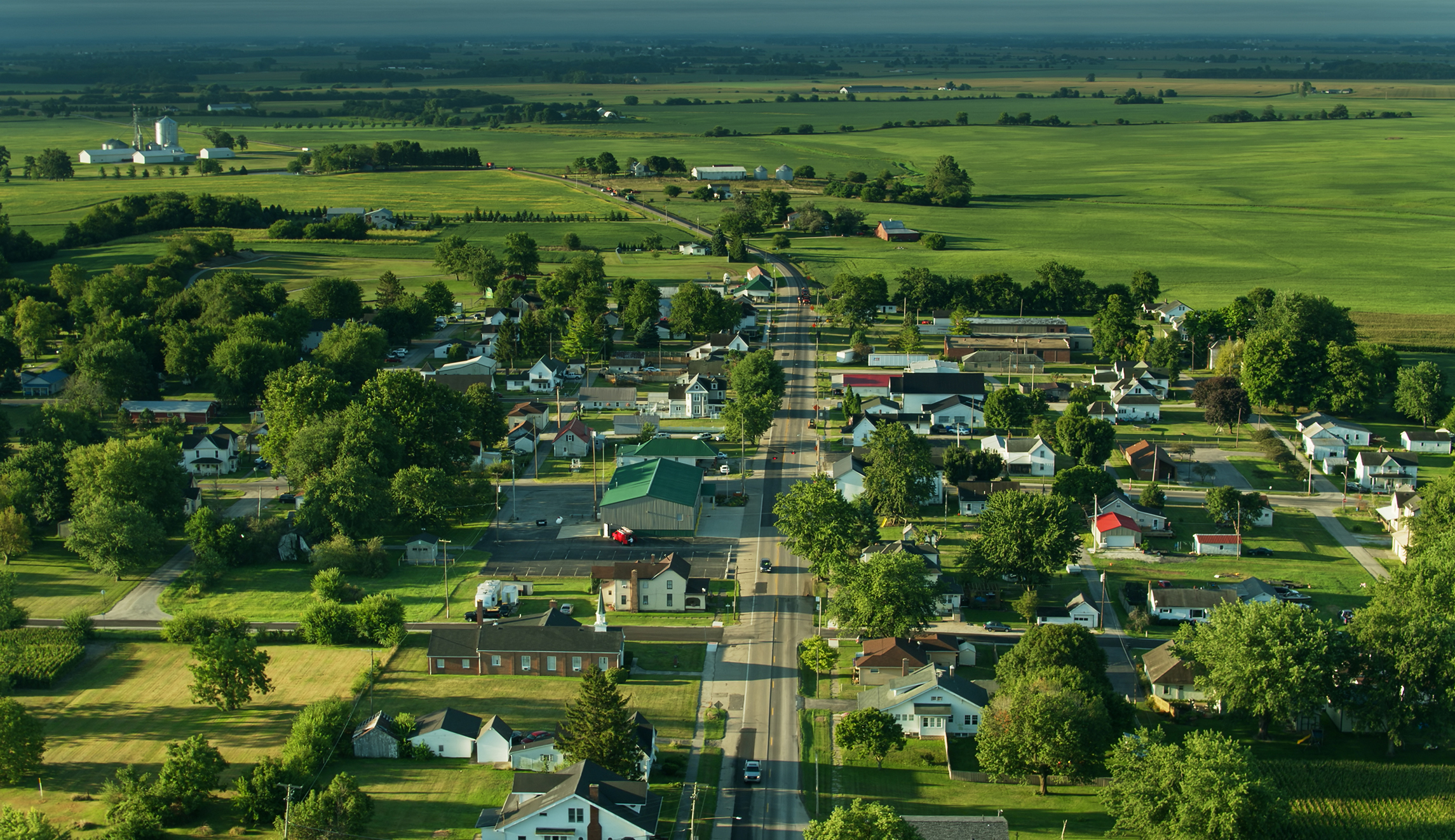“If you lived in the 60s,” Kent Armstrong told me one day in 2015, “you’ve probably seen this country the best it will ever be.”
It was a cold day in South Carolina, and Armstrong was wearing a scarf that read: “Make America Great Again.” That same day, I met Bob Garrett Sr., who was wearing a red MAGA hat. The two men, both in their 60s, spoke to me about their hopes of restoring an America they once knew. Their politics proved less interesting than their pessimism.
If America was on the decline, what exactly was going wrong, and what needed to be done to restore its greatness?
Armstrong and Garrett had thought about this a lot and were happy to share their thoughts. Neither mentioned economics or government policy. The problems with America today, and the things that made it great in the past, were cultural.
“I liked it better then,” Garrett explained. “It was better to be an American.”
I pressed the men more on what has been lost. “We had, I guess, a more God-fearing country,” Armstrong said.
In his youth, Garrett recounted, all the children of his town would parade down Main Street in their Little League or Boy Scout uniforms every Memorial Day.
These answers frustrated me as either too abstract or too small. I wanted to find out what they felt was wrong about America as a whole, and so I was looking for something concrete and national. That is, I was looking in the wrong place.
America’s greatness and citizens’ love of country are both harder to see from 30,000 feet than from ground level. Patriotism is mostly manifested on the local level, and the American system of government, which was the envy of the world for most of our history, is carried out less in Congress than in town halls and library conference rooms.
It almost sounds like a self-contradiction, but what unites America in its best times is more local than national. Consider how we celebrate Independence Day. Sure Washington, D.C., has some big events that are televised across the country, but the main event for most people is a fireworks show put on by the local civic association and maybe a community picnic.
Of course, there is plenty of patriotism that we share as a nation of 330 million. We root for the U.S. Olympic team. We stand for the National Anthem before baseball, football, and basketball games. We all learn American history and honor our warriors and their victories. We memorialize D-Day, Veterans Day, and Memorial Day.
But look closer at how we experience these things, and you see it comes down to our own backyards. We most often honor our hometown warriors: the Memorial Day parade down Main Street, the speech by the mayor, Scout troops planting flags at the local heroes’ hill. Our national pastimes involve us rooting for the home team. And the Olympic champions we’re most proud of are the ones who went to our own high school or trained at our local pool.
Local institutions are the infrastructure of American patriotism and American greatness, which is why the crumbling of those local institutions is so dangerous. And it’s why revitalizing community is central to restoring America.
People volunteer less than we used to. We join the PTA less than we used to, we donate to charity less, we know our neighbors less, we march in Memorial Day parades less, and we join bowling leagues less. Some towns are
shrinking their town councils
because they can’t find enough candidates. Most importantly, we go to church less than we used to. Robert Putnam laid out that pattern in his 2000 book Bowling Alone, and all of those trends just got worse for 20 years before COVID-19 basically made neighborliness a crime.
Americans are naturally self-starters who don’t wait for some elite class to take the lead. We take matters into our own hands. Alexis de Tocqueville wrote 200 years ago that the most remarkably American thing was our tendency to form groups, clubs, and institutions constantly — what Edmund Burke would call “Little Platoons.”
As the human-level institutions wither, thanks to technology, centralization, secularization, and hyper-individualism, we still want to exercise our political muscle and we still try to realize our concept of America.
But America is too vast for any single conception. Different Americans have always had different ideas of what’s American. New Yorkers see America as tough firefighters and immigrant-run bodegas, while Iowans see America as amber waves of grain. In Colorado or Utah, “America” means the rugged frontier. Floridians, meanwhile, see America in a dozen different ways depending on what part of Florida they are from.
The root of patriotism, and thus the key to national unity, has always been that the “American Experience” was a rough sketch and that we all got to fill in the details with our local experience. The current culture war is mostly what happens when people from very different walks of life get (proverbially) face to face, usually thanks to social media, and start screaming their disagreements about what “America” really is.
America really is 10,000 different things, and that difference and localness survive best in strong communities. Until we restart our bowling leagues, empower our local governments, rebuild our libraries, and refill our churches, we won’t be able to restore America.







